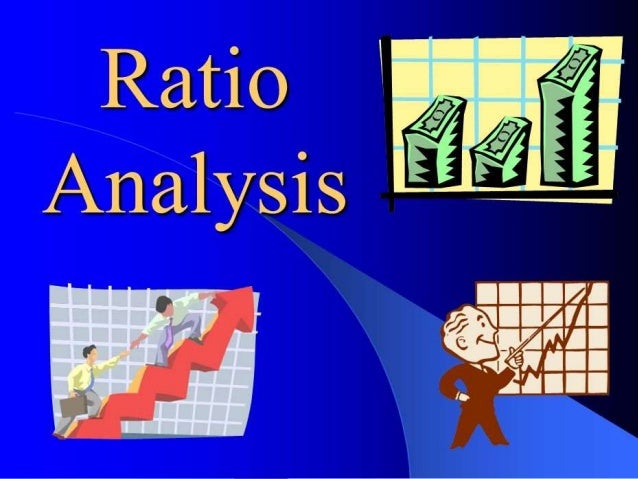Meaning of Ratio Analysis:
Now, we have
previously learned what ratios are. They are a comparison of two numbers with
respect to each other. Similarly, in finance, ratios are a correlation between
two numbers, or rather two accounts. So two numbers derived from the financial
statement are compared to give us a more clear understanding of them. This is
an accounting
ratio.
Objectives of Ratio Analysis:
Interpreting the
financial statements and other financial data is essential for all stakeholders
of an entity. Ratio Analysis hence becomes a vital tool for financial analysis
and financial management. Let us take a look at some objectives that ratio analysis
fulfils.
Advantages of Ratio Analysis:
When employed
correctly, ratio analysis throws light on many problems of the firm and also
highlights some positives. Ratios are essentially whistle-blowers, they draw
the managements attention towards issues needing attention. Let us take a look
at some advantages of ratio analysis.
Ratio analysis
will help validate or disprove the financing, investment and
operating decisions of the firm. They summarize the financial statement
into comparative figures, thus helping the management to
compare and evaluate the financial position of the firm and the results of
their decisions.
It simplifies
complex accounting statements and financial data into simple ratios of
operating efficiency, financial efficiency, solvency,
long-term positions etc.
Ratio analysis
help identify problem areas and bring the attention of the management to such
areas. Some of the information is lost in the complex accounting statements,
and ratios will help pinpoint such problems.
Allows the company
to conduct comparisons with other firms, industry standards, intra-firm
comparisons etc. This will help the organization better understand its
fiscal position in the economy.
Limitations of Ratio Analysis:
While ratios are
very important tools of financial analysis, they d have some limitations, such
as
The firm can make
some year-end changes to its financial statements, to improve their ratios.
Then the ratios end up being nothing but window dressing.
Ratios ignore
the price level changes due to inflation. Many ratios are calculated using
historical costs, and they overlook the changes in price level between the
periods. This does not reflect the correct financial situation.
Accounting
ratios completely ignore the qualitative aspects of the
firm. They only take into consideration the monetary aspects (quantitative)
There are no
standard definitions of the ratios. So firms may be using different
formulas for the ratios. One such example is Current Ratio,
where some firms take into consideration all current liabilities but others
ignore bank overdrafts from current liabilities while calculating current ratio
And finally,
accounting ratios do not resolve any financial problems of the
company. They are a means to the end, not the actual solution.
Video Lecture Links:
Video Lecture Links:

Comments
Post a Comment